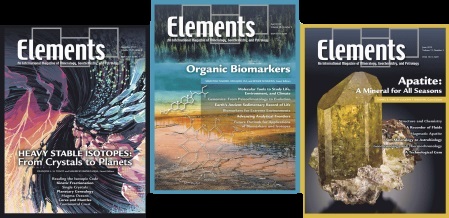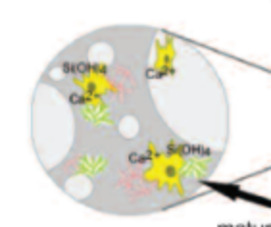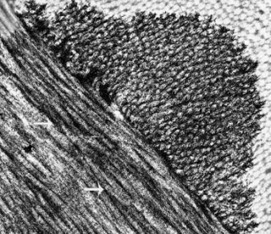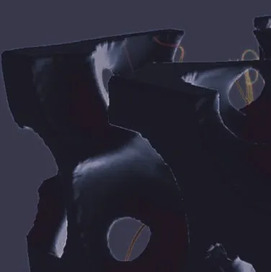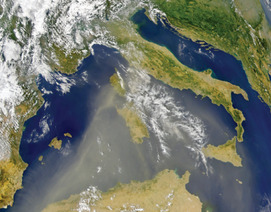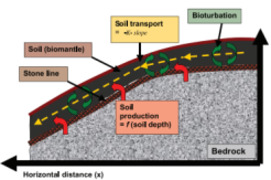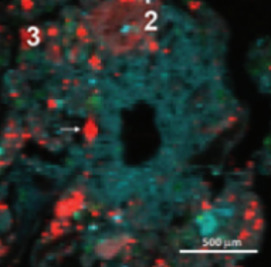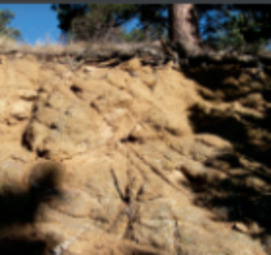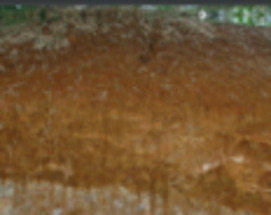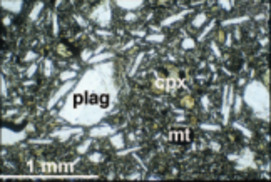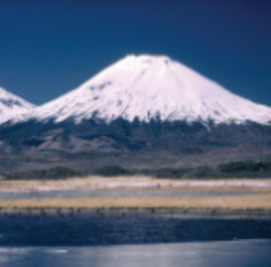Bioactive Glass Scaffolds for Bone Regeneration
There is a need for new materials that can stimulate the body’s own regenerative mechanisms and heal tissues. Porous templates (scaffolds) are thought to be required for three-dimensional tissue growth. This article discusses bone regeneration and the specifications of an ideal scaffold and the materials that may be suitable. Bioactive glasses have high potential as scaffold materials as they stimulate bone cells to produce new bone, they are degradable in the body and they bond to bone. The two types of bioactive glasses, their mechanisms for bioactivity and their potential for scaffold production are reviewed. Examples of their current clinical use are highlighted.
Bioactive Glass Scaffolds for Bone Regeneration Read More »

